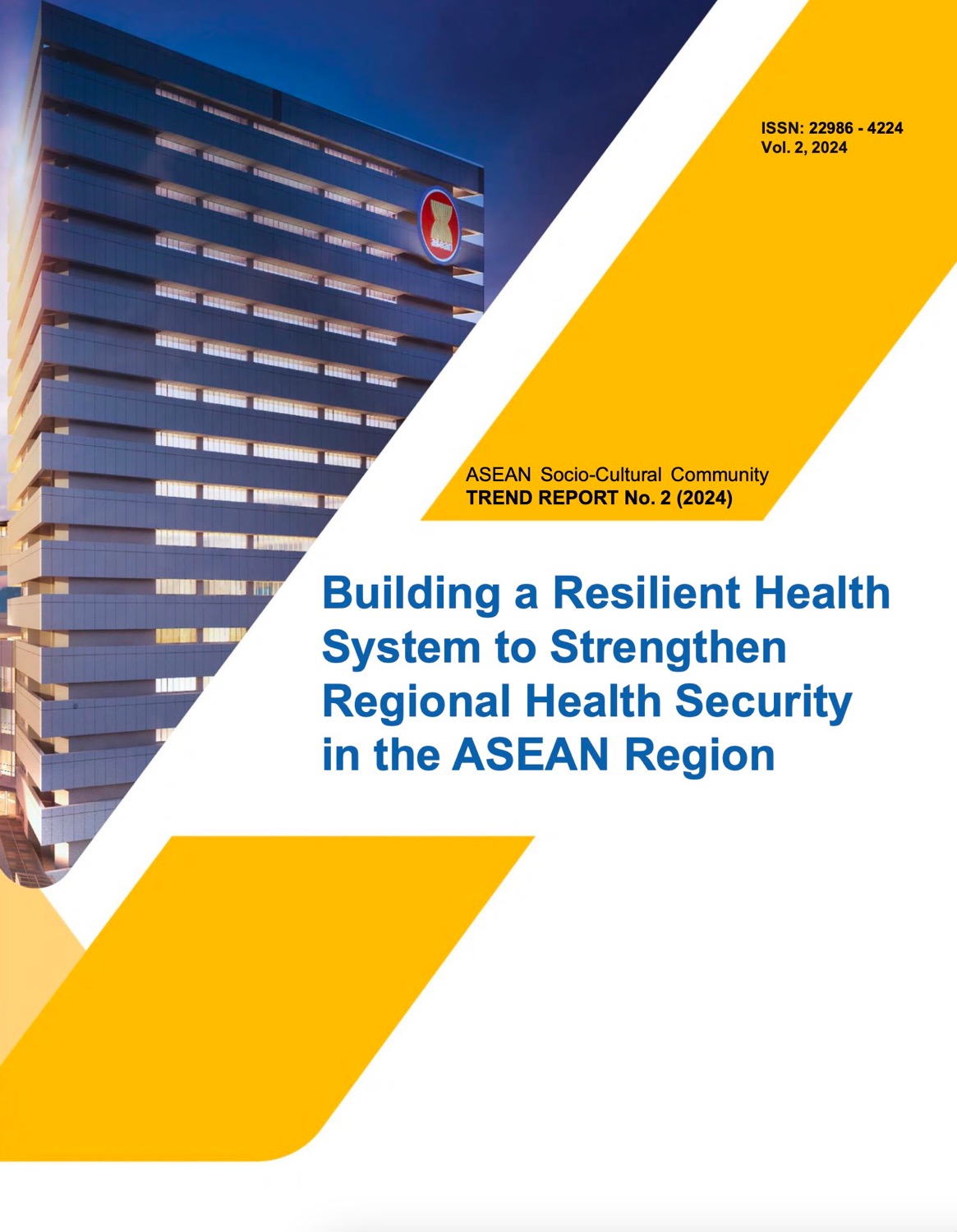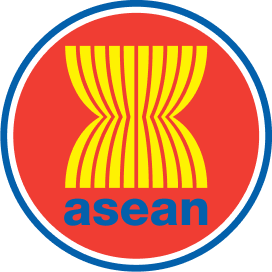

Executive Summary
- The ASEAN region’s vulnerability to public health emergencies (PHE) due to infectious diseases and climate change’s impact on health (Miranda et al. 2021, p.1141; ASEAN, 2021c, p.131) calls for robust health security. WHO further emphasises that pandemics, health emergencies, and weak health systems pose risks to global Hence, building health system resilience–the ability to prepare for, manage, and learn from the shocks (Thomas et al. 2020, p.5)–is a prerequisite to addressing PHE and enhancing regional health security.
- Ensuring a resilient health system (RHS) in ASEAN Member States will require improving health and non-health factors. The health factors include WHO’s six building blocks of the health system (service delivery, human resource for health, health information system, essential medical products and technology, financing, and leadership and governance), and the Universal Health The non-health factors include optimising Social Determinants of Health to support enabling environment, ensuring food security, and strengthening infrastructure.
- ASEAN can implement several actions for RHS in the region, including promoting RHS through RHS assessment and development of guidelines for ASEAN’s RHS, utilising the supply chain approach, and strengthening the Primary Healthcare role as the cornerstones of RHS.
Introduction
Background, Objectives, Methodology, and Limitations
This trend report aims to review the strategy of building a resilient health system to strengthen regional health security in ASEAN through portrayals of the ambitions and progress of the ASEAN region and ASEAN Member States. This trend report will identify challenges and opportunities, both prevailing and emerging, that the AMS ought to overcome, explore, and capitalize on and provide an overview of regional progress against the ideals above.
This report was written using various methodologies: content analysis, comparative or gap analysis, and descriptive analysis for quantitative data. Each methodology was used to compare and analyse secondary data to give a perspective on the phenomena in ASEAN and AMS.
We acknowledged several limitations in writing this Trend Report, such as unequal capacity and availability, where some data is available in several but not all AMS, and a few are either outdated or incomplete. Therefore, this report’s internal validity and generalizability should be interpreted cautiously.










